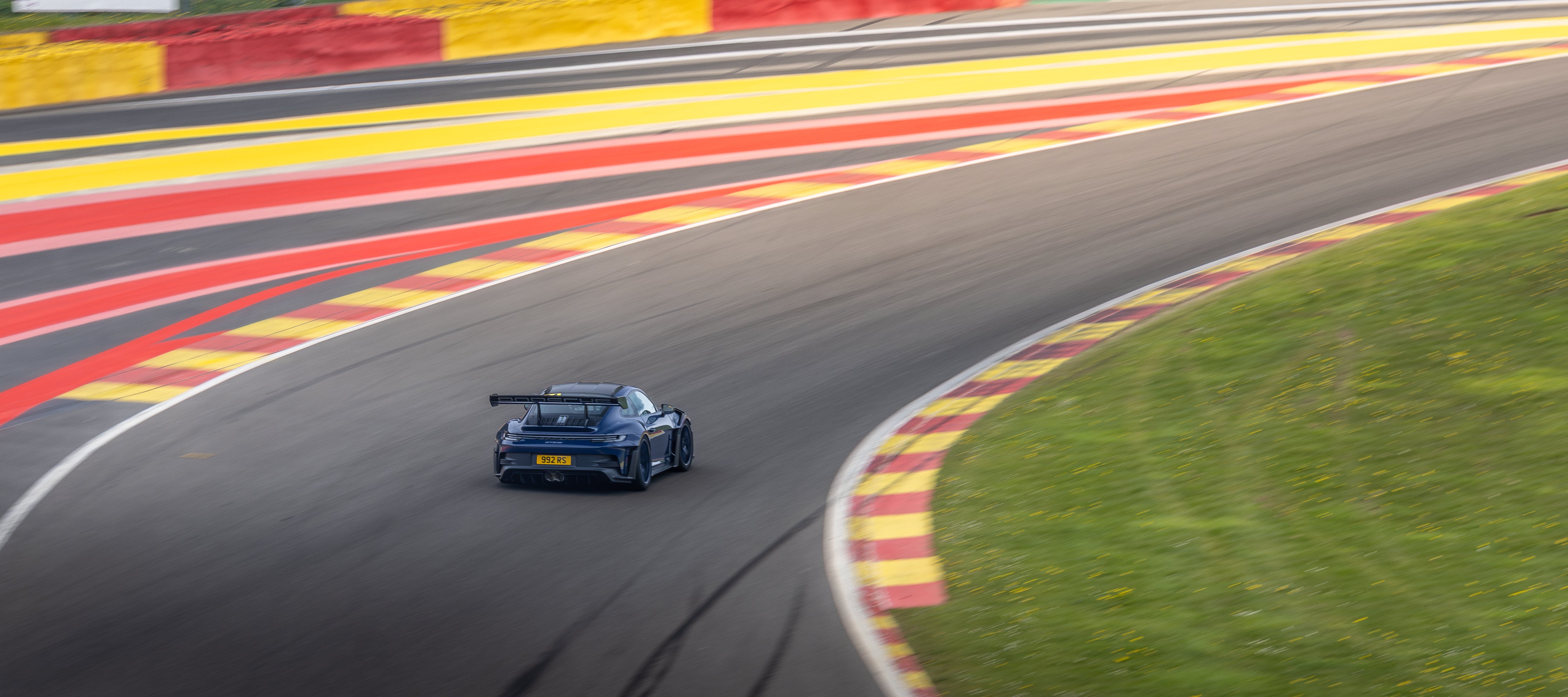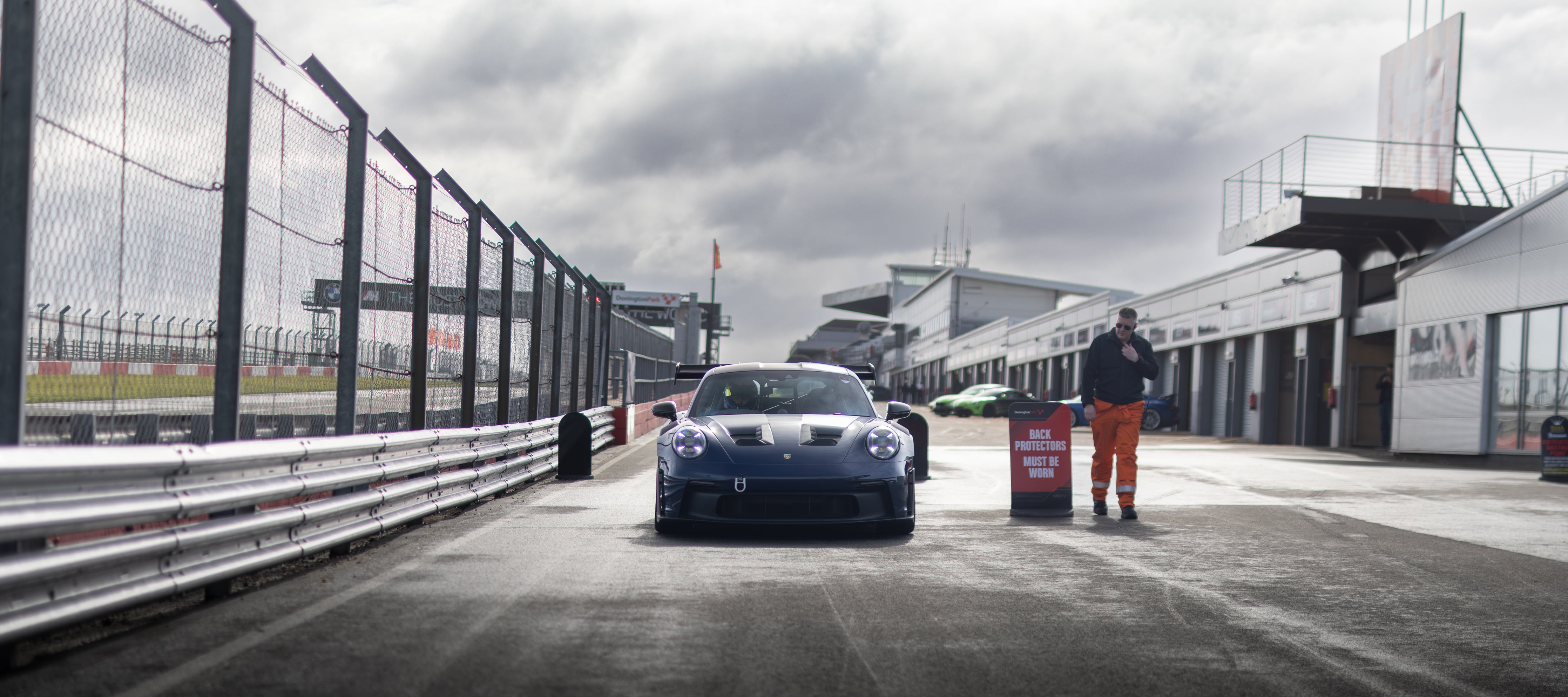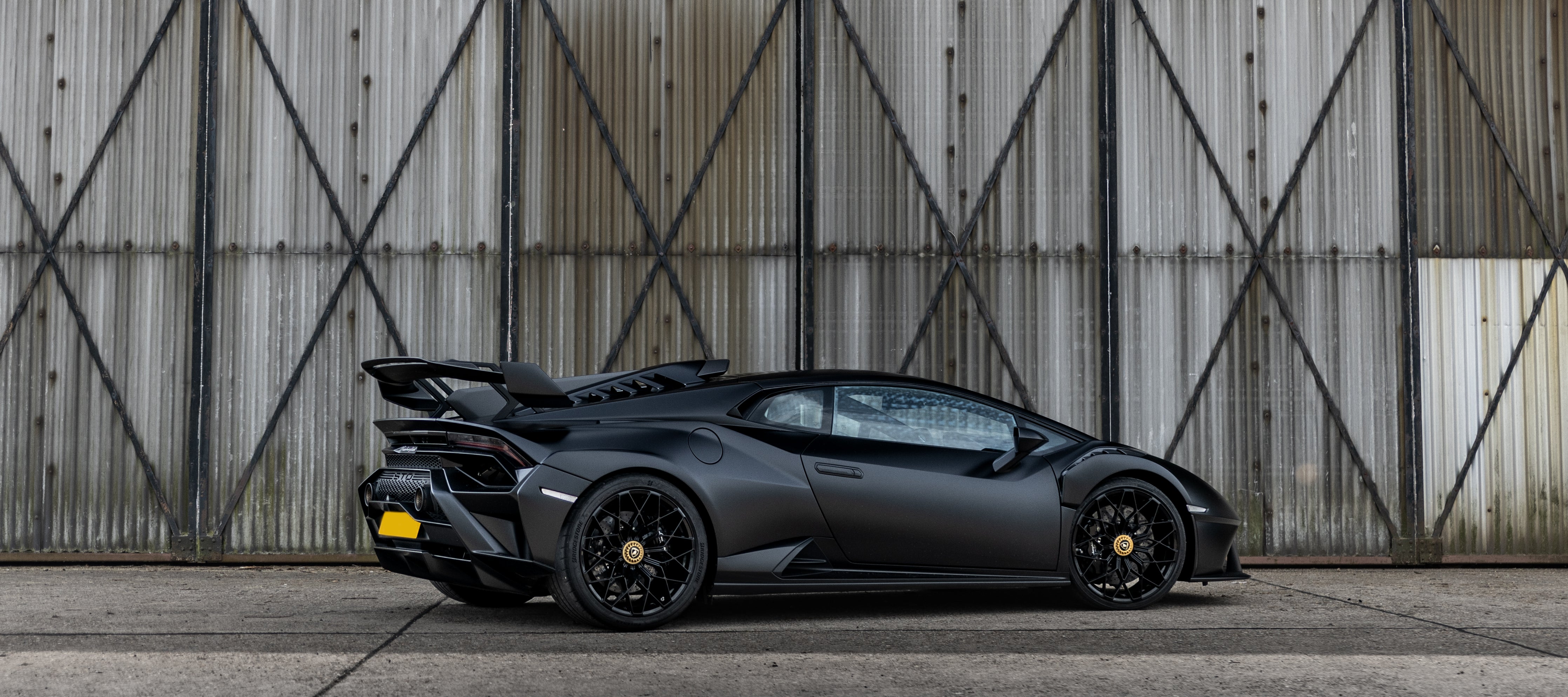
JCR 992 GT3 RS PROJECT - INSTALMENT 12 (JCR EURO TRIP)


Twice a year, RMA Track days host a two-day track day at Spa-Francorchamps. It’s our favourite event of the year and this time, we’re driving over in our 992 GT3 RS. Having already been out on track in our new car around Donington Park and Silverstone GP circuit, it was time to take to the tarmac and drive across Europe to one of the best circuits on the planet. Leaving JCR HQ in Warwickshire in the early hours of Sunday morning, we were able to make our way over to Belgium and arrive at our hotel by lunchtime with time to clean down the cars too. The hotel in question, MY Hotel Malmedy. Located in a nearby town to Spa Circuit, this hotel, still wins our award for the most picturesque hotel we’ve been to, as you can see below.






After a good night sleep, we made the short journey into the forest to Spa Circuit. Parking up in Garage 25, we were ready for a busy but very fun 2 days ahead. Circuit De Spa-Francorchamps is one of the most famous circuits on the planet, not only for the amazing circuit, but also for its undulating weather conditions. Just like Anglesey Circuit here in the UK, there is no in between. Thankfully, the Ardennes Forest graced us with two days of wonderful sunshine which certainly made our busy schedule of testing that little bit easier to achieve.


Being on track for two days gives us the opportunity to do some proper back-to-back testing of multiple different products that we currently have in development. The focus for this particular trip was to test our new development aerodynamics parts. To do any sort of significant testing, we need a representative baseline run. We already have a good idea of what this car needs, however a circuit like Spa demands a huge amount of aerodynamic performance, varying from low-speed corners to some of the fastest corners on the Formula One calendar; as well as a large portion of the circuit being full throttle, it’s a difficult circuit to dial in Aerodynamic performance without to much compromise on top speed.

Once our baseline test was complete, we made our first modification. A lot of you might be thinking that the 992 GT3 RS is known for its rear wing, and you’d be right. Due there being so much downforce over the rear of the vehicle, many notice a understeer balance, especially at higher speeds, mid to exit. The goal with our aero parts for the 992 GT3 RS is to move the centre of pressure a little to create a more optimised balance which will allow for faster lap times on track.
We started out by changing the OEM roof strakes for a pair of optimised parts featuring a slightly taller and more optimised profile and fin towards the rear of the car, we chose for this to be our starting point for our modifications. After doing back-to-back runs from 100% OEM to adding the JCR roof strakes, we noticed a small yet positive change. Albeit a very minor difference, but one none the less. What we noticed with the addition of these parts was a slight increase in rear stability on corner entry with no detriment to straight line performance, something that we’re all after went hunting for the perfect lap time.


Moving from the roof of the car towards the rear, our next step was to add a gurney strip to the factory rear wing. For such a small component, it’s incredible just how effective a small piece of carbon fibre made to the overall dynamics of the car. This small change made for a sizeable increase in rear stability when cornering, without being hugely detrimental to the peak speed in straight line performance. In pure straight-line speed, we lost 3kph peak speed, however the speed which we were entering the straights meant that this was a positive change when it came to lap times. We had four sizes of gurney available to test and went with the smallest option to start. As the gurney is fixed to the moveable DRS flap, the penalty in drag is significantly less than it would be if it were attached to a fixed element rear wing.



The addition of the rear gurney certainly had a marked improvement in rear stability on corner entry however the effect was also to move the centre of pressure in the opposite direction to where we wanted it. It’s important to test parts in this order however to ensure that we’re not tricking ourselves. The next step was to add some front end and get the balance dialled in.


To begin with, we opted to add a single pair of our front-end dive planes. We’re sure that you will have seen similar products before on all varieties of performance vehicles.
These components have been optimised and are compatible with the factory aero components.
Starting with one dive plane was the obvious starting point, heading out on track we noticed a huge improvement almost immediately, with the balance moving back towards a stock like feeling, albeit with increased overall load.
Coming into pitlane after running the first set, we made the decision to add a second pair of dive planes to the front end. This again, made another, similar level of improvement in front end performance and feel. More importantly, the aero balance was now further towards the front of the car which is exactly what the car needs. This was a great positive step, testing in this way, correlating design and CFD with real world results is the most important part of development and it was great to see a good level of correlation in our CFD when on track with the car.

Our final change was pretty significant. Although this change isn’t purely performance related, it certainly fixes some shortcomings in the factory components which, if you’re affected by, can bring any track event to a premature end.
Our development rear wing end plates for the 992 GT3 RS are not only re profiled for optimised aero performance but also fix the significant issue of excessive flex in the factory end plates. This flex is leading to rear wing DRS flap failures which, at best is bringing owners track days to a premature end. At worst, a huge and sudden reduction in rear end downforce which could likely cause an incident on track. Our end plates certainly will remove any possibility of that occurring but, in the meantime, also improve performance in their own right.






Flexing of the factory end plates not only reduces the efficiency in the factory rear wing, with pressurised air bleeding out between the end of the wing main plane and the end plate but can also lead to failures as three other owners experience at Spa in the two days we were at the event.
This issue is something that we have personally witnessed on multiple cars now and one that we are keen to sort before it inevitably happens to our own car.

For the JCR wing end plates, it was clear the initial focus needed to be on creating a significantly stiffer overall part. Manufacturing the core from Billet Aluminium was how we chose to achieve this. With cut-outs for the DRS plain of the rear wing, our replacement part offered the ability to still use the DRS function whilst also increasing the stiffness over the OEM component. As well as solving the issue of parts breaking due to excessive flex. During testing we found that the increased stiffness as well as size and profile of the JCR components has resulted in another noticeable improvement in aerodynamic performance.


We’re over the moon with how the first initial testing of our aerodynamic testing went. We’re making some further changes to the design of the rear wing end plates to further increase stiffness as well as integrating our own design for the DRS fixing point as the factory parts don’t leave us with much faith. We can’t wait to be out testing again soon with the revised version.

With our main test programme now complete for this particular trip, it was now time to get some more track time in this incredible car and dial in the chassis a little more. We still can’t believe the capability that this car has considering that we were able to drive it with relative comfort across Europe and back to JCR HQ.
Another thing that some of you may be wondering is what exhaust set-up we were running for the duration of this trip. Having been installed with our Inconel Race Manifolds and Titanium Silenced Racepipe only days after collection day, we felt it was time for a change, in part due to Spa’s 103dB noise restriction for this particular event.
We decided to install our Titanium Non-Silenced Racepipe and return the manifolds back to the factory components. We would’ve loved to be able to run a set of our Inconel Race Manifolds at Spa, however it’s a very long way to go to be black flagged for noise so we chose not to take the risk. That being said, we were still able to gain a power increase over the OEM rear silencer and the non-silenced system installed still sounded fantastic but the power and torque gain that we enjoyed at Silverstone and Donington thanks to our Inconel Race Manifolds was certainly missed!

As always, we had a fantastic time at Circuit De Spa-Francorchamps. Being able to test our upcoming products for two back-to-back days in the sunshine is an opportunity that we are seriously grateful for. It allows us to get some serious road and track miles on the car too giving us a better understanding of what further developments we’d like to realise in the coming months. On top of the testing opportunities, we also get to enjoy a road trip and track day with some of our closest friends and meet a load of you guys on the way too, creating more friendships and being able to demonstrate our products where they’re meant to be enjoyed!
After two incredible days over in Belgium, all that was left to do was drive back to the UK, but not without a lovely overnight stop in the historic city of Bruges.
As always, we’d like to say a huge thank you to the team at RMA Track days for hosting another faultless event as well as the circuit team at Spa for keeping us all safe and for their ongoing support for our ideas and requests.
Bring on September for the JCR Euro trip, part two!



Laisser un commentaire
Ce site est protégé par hCaptcha, et la Politique de confidentialité et les Conditions de service de hCaptcha s’appliquent.